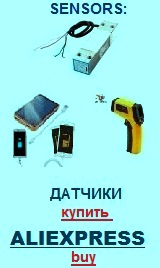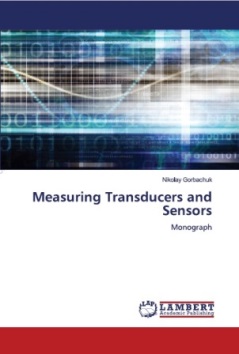Transducers, gauges, sensors - Information portal © 2011 - 2025 Use of material is possible by placing an active link
русский / english
• Information about various converters and sensors of physical quantities, parameters of various physical processes is presented.
• Electrophysical properties and effects in various electrical materials.
• Theory, experimental results, practical application

Fig. 1. Dependence of the output signal of the electromagnetic pulse tachometer on the configuration of the rotor teeth: a-rough teeth; b-precisely processed teeth of the rotor tachometer; c and d-a special form of teeth.
Tachometric generators
When the measured speed affects a particular generator, the amplitude or frequency of its output voltage can be judged on the angular velocity. Generators used for this purpose is called a tachometer.
One of the problems that arises when using tachogenerators is the need to supply energy to the Converter. From the moving body should be selected for the measuring device such a small energy to exclude the influence of the tachogenerator on the angular velocity of rotation of the shaft.
Strobes
Stroboscopes are electro-optical tachometers of a special type in which a rotating shaft is illuminated by flashes of light. The speed of the flashes is adjusted manually until the image of the shaft becomes stationary. This happens when each flash falls on one revolution of the tachometer shaft.

Speed measurement. Tachometers
Converters of this type are used to measure linear or angular velocity. Angular velocity meters are generally electromagnetic devices and are called tachometers. Tachometers electro-optical type are called strobe lights. The linear velocity is usually determined indirectly by converting the linear velocity to the rotation of a flywheel or gear. The angular velocity is then measured using an angular measuring transducer (tachometer). The direct determination of the linear velocity is provided by electromagnetic transducers with a small movement of the sensing element or a non-contact Doppler microwave, radar Converter. Other known instruments recording increments can also be used as speed measuring transducers: the pulse repetition rate from the corresponding sensitive segments will be proportional to the speed.
Pulse tachometers
The most common method of conversion is one in which the receiving coil of the known design allows you to determine the speed of the shaft. Typically, such a shaft is made with recesses or projections, thereby forming a gear wheel (Fig. 1). When the protrusion or notch passes through the receiving coil, the output voltage changes. Calculation of the output voltage changes during a certain time interval and gives the value of the angular velocity.
In pulse tachometers can be used, for example, Hall effect, inductive eddy currents, optical phenomena (in proximity converters), but the most common in tachometers is the electromagnetic principle.
The ferromagnetic rotor with the sensing element is made here in the form of a permanent magnet or coil. The magnet creates a magnetic field around the sensing element. When the rotor tooth crosses the field, the magnetic flux changes and the EMF is induced in the tachometer coil. The advantage of this conversion principle is the dependence of the output signal on the configuration of the rotor teeth. Some types of output pulses for the various forms of teeth of the rotor of the tachometer is shown in Fig. 1.
See also:
CONVERTERS, GAUGES, SENSORS
Information, news, advertising


